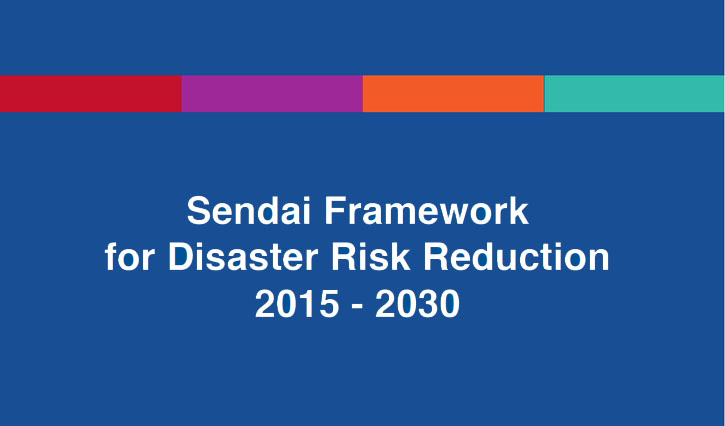Within the framework of the GIZ project, field studies of transboundary rivers were carried out in Uzbekistan
Within the period from 17 to 26 October, 2024, as part of the project "Strengthening the Capacity for Safe Management of Transboundary Water Resources in Central Asia Using Innovative Information and Communication Technologies," implemented by the Center and GIZ with financial support from the "Climate Risk Management in Central Asia" program executed by GIZ on behalf of the German government, a team of experts, including Community Risk Reduction (CRR) expert V. Kuchkin, the Center’s chief expert B. Ospanov, and the Center's system administrator A. Ospanov, conducted the second stage of field studies (the first stage was conducted in the Republic of Kazakhstan - https://cesdrr.org/en/within-the-framework-of-the-giz-project-field-studies-of-transboundary-rivers-were-carried-out-in-uzbekistan) on the transboundary Ugam River in the Tashkent region of the Republic of Uzbekistan and on the Zeravshan River in the Jizzakh region of Uzbekistan.
Organizational and logistical support in the Republic of Uzbekistan was provided by a local expert and Project hydrologist, Nodirbek Tolibov.
In terms of transboundary risks, floods, high water, and mudflows pose the greatest threat in the Ugam River basin. In Uzbekistan’s portion of the Ugam basin, during spring floods, settlements in the Tashkent region, such as Khumsan, Charvak, and Gazalkent, may be at risk of flooding. Additionally, the potential flood zone includes numerous recreational areas, private housing, and economic and infrastructural assets like agricultural lands, irrigation systems, the Charvak Reservoir, and road and bridge infrastructure.
From October 18 to October 21, 2024, the experts conducted field studies of a section of the Ugam River over 5 km near Khumsan using a drone.
The Ugam River stretches over 12 km within Uzbekistan before flowing into the Chirchik River, and currently, there is no hydrological station on this section (the nearest is in the settlement of Khodzhikent, 16 km from the Kazakh border).
The Uzbek government is currently implementing a project to construct small hydroelectric power plants (mini-HPPs) and a water intake structure (dam) to allocate water flow between the HPP pressure pipeline and the river’s main channel, one of which will require a hydrological post.
Although the region has a developed infrastructure, including electricity and cellular coverage, there is no hydrological station on the Ugam River. Experts, therefore, consider it necessary to install an automated monitoring station at the dam under construction to enable effective hydrological monitoring and create a transboundary early warning system for hydrological hazards. This station should transmit data in real-time and be equipped with all essential sensors for hydrometeorological monitoring (precipitation, water level, flow rate, soil moisture, pressure, water turbidity sensors, etc.).
Installing a similar station in Kazakhstan and integrating it with the one in Uzbekistan will allow for timely data exchange on hydrological conditions and risk information, minimizing false alarms.
The experts also identified that settlements along the Ugam River lack siren-voice warning systems (SVWS). To ensure effective public alerting, it will be recommended to install around 10-15 SVWS units along the Ugam, considering its length, population density, and topography. Additionally, the use of mobile applications to notify the population about hydrological emergencies is recommended.
In the upper basin of the Zeravshan River, flowing through Tajikistan and Uzbekistan, several moraine lakes pose a potential risk of breakout, which could trigger mudflows and floods threatening residents and infrastructure downstream.
In the stretch from the Tajik border to the city of Samarkand, transboundary flood risks exist that could impact the city's infrastructure, including roads, buildings, and water supply systems. Small settlements along the river depend on Zeravshan for irrigation and water supply, and hydrological disasters could lead to significant damage.
From October 21 to October 24, 2024, the experts conducted field studies of a section of the Zeravshan River over 6 km near the settlement of Chubot, which is in a low-lying area and highly vulnerable to hydrological risks.
The existing hydrological post on Zeravshan is located downstream of the Ravathodja Dam on the Tajikistan-Uzbekistan border. This post is equipped with essential monitoring equipment, but some of it requires modernization (e.g., submersible depth recorders by the German company Seba Hydrometrie and hydrometric remote installations GR-64 developed in the USSR). For comprehensive monitoring of hydrological risks, experts recommend establishing an automated station based on the existing post, which needs additional sensors for water level, flow rate, precipitation, water and air temperature, turbidity, soil moisture, and meteorological data.
Since the section of the river from the Tajik border to Samarkand is densely populated (more than 15 settlements within 38 km), experts also find it necessary to install siren-voice devices to alert the population of hydrological hazards. Additionally, mobile applications for informing residents of potential hydrological emergencies are recommended.
The recommendations being developed as part of the GIZ project aim to improve hydrological monitoring in the transboundary river basins, enabling timely tracking and identification of hydrological threats. A key element of these recommendations will be the development and implementation of a transboundary early warning system, ensuring the rapid exchange of data between countries and timely information on possible hydrological risks, such as floods, high waters, mudflows, and abrupt water level fluctuations.

























